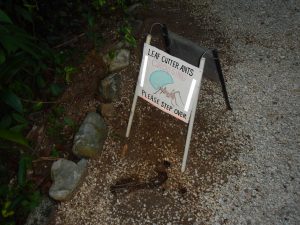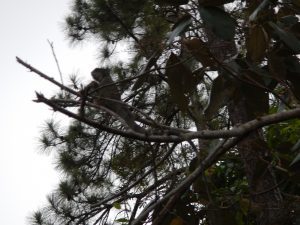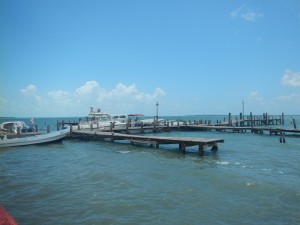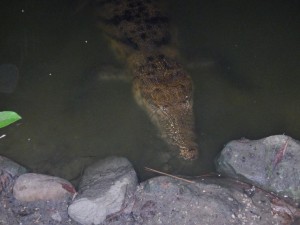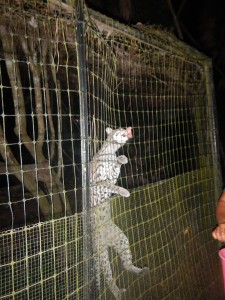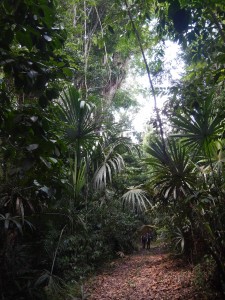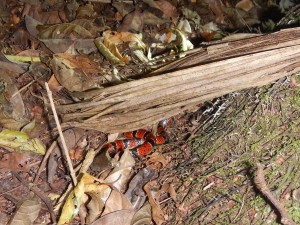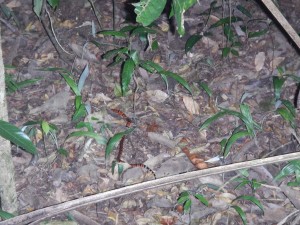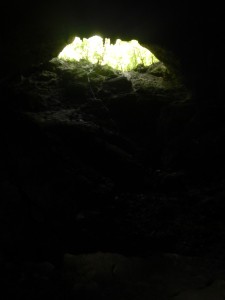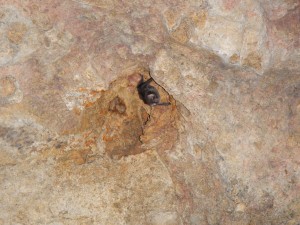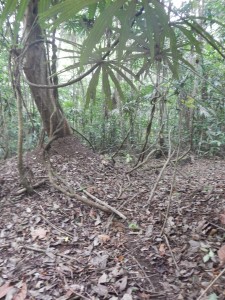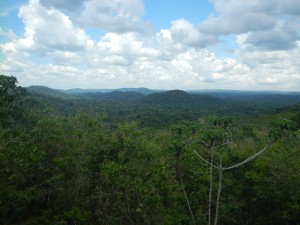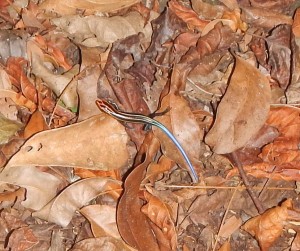This morning we were hoping to take the boat out and snorkel on the atoll’s forereef, but the sea was a bit too rough for that, so we went to a small patch reef on the other side of Middle Caye. The water was shallow enough for us to leave our fins on shore and walk in the water with our masks on. We looked to see if Christmas Tree worms on the reef preferred to burrow into certain corals. After lunch, we analyzed the data and found inconclusive results.
On the reef I spotted, with Jordan’s help, one Condylactis gigantea, a Giant Caribbean Anemone, burrowed in a rock. I did not see any more of my marine taxa in our brief jaunt in the water today.
After our worm examination, I gave the class my lecture on marine debris, which doesn’t get any less sad the more I look at it. After the lecture, we followed up with a cleanup of the beaches and mangroves of the island. We only spent thirty minutes as a group cleaning, but we collected over 2000 pieces of plastic and almost 40 kilograms of trash. Nobody litters on this island, so all of this trash washed up here from ocean currents, which is crazy to think of considering we only scratched the surface of the island’s trash today.
After our trash experiment, we got to have free time for the rest of the day. We went out to the dock at night, where we spotted an American Crocodile (Crocodylus acutus) in the water near the shore. Although there was no soccer today, we did play beach volleyball, which was fun despite how bad I was at it. I have thoroughly enjoyed the free time that we’ve gotten over the past two days. It is really nice to enjoy all this island has to offer outside of biology and to spend time relaxing in paradise.

